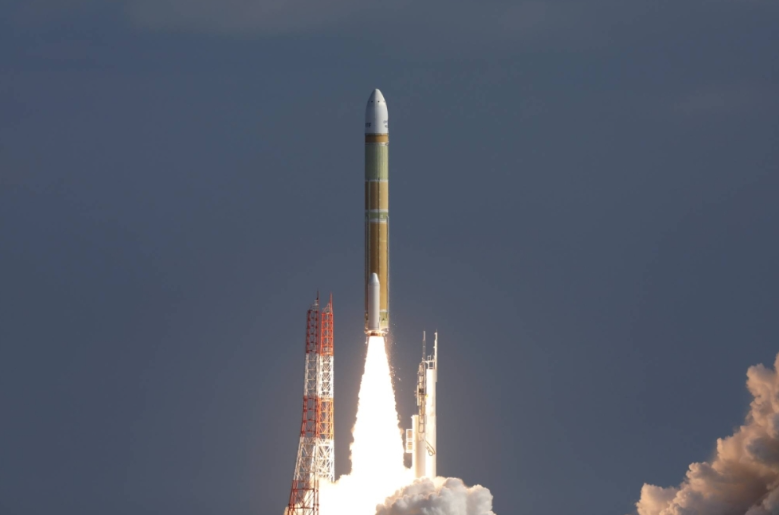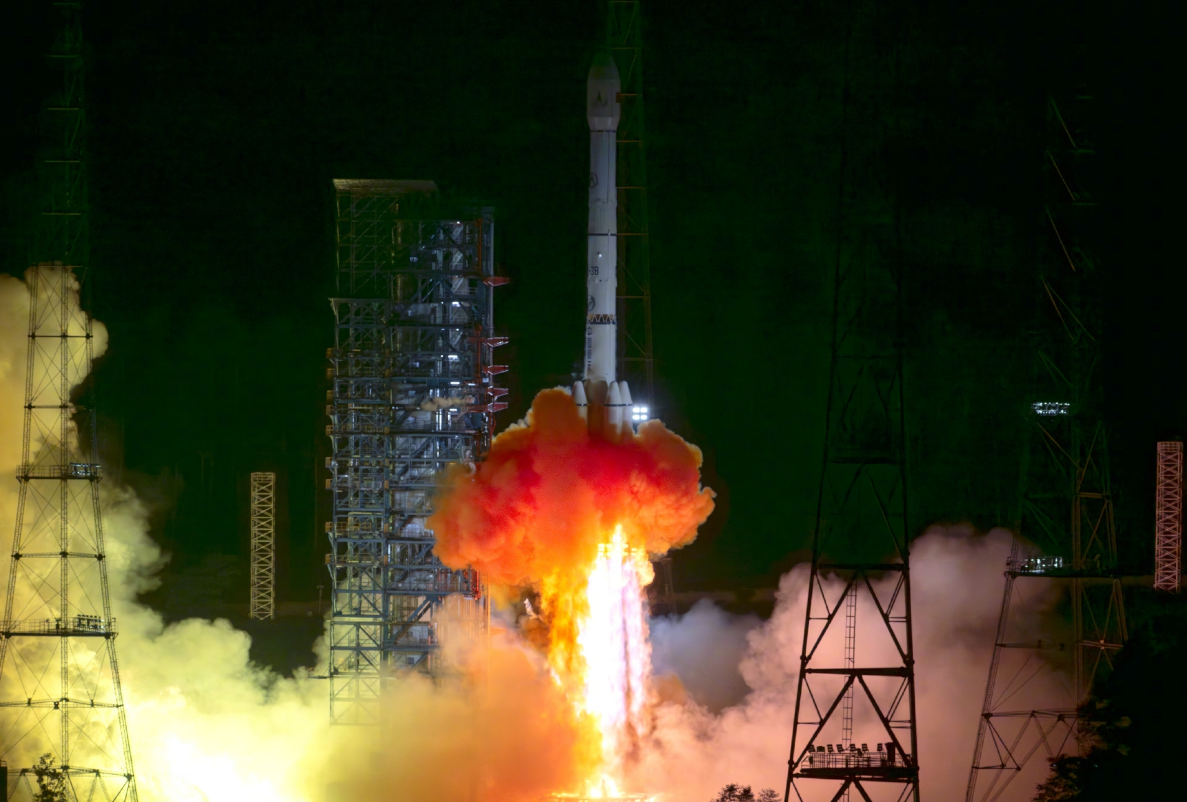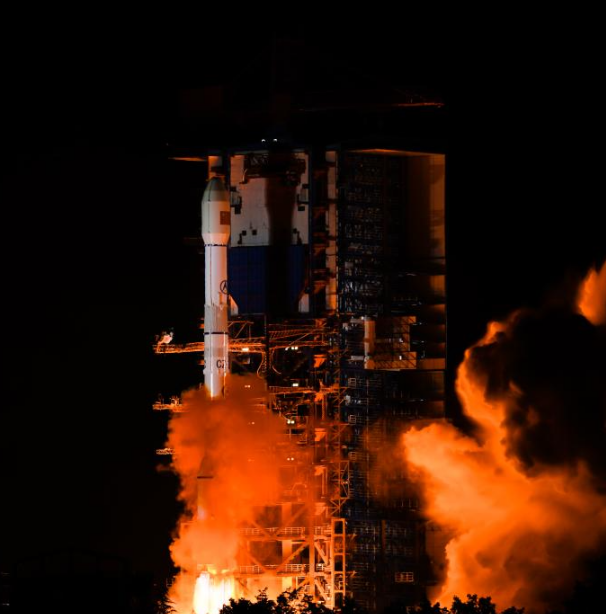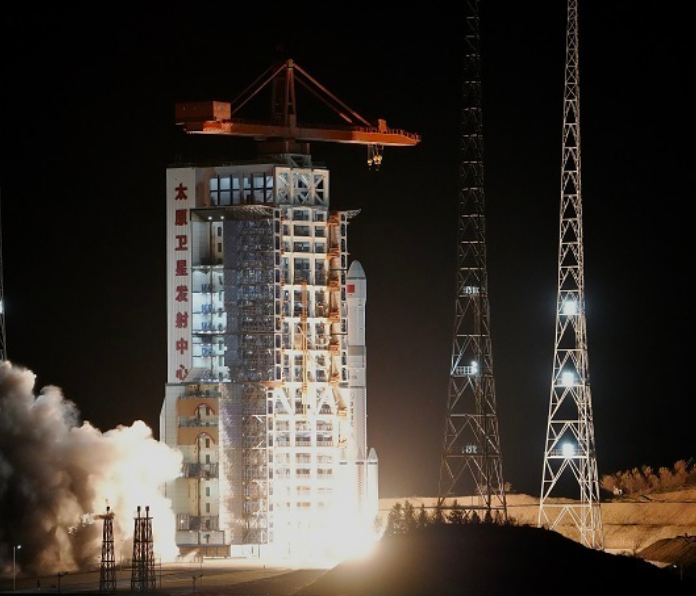03
2025-02
Fifth H-3 rocket with Michibiki No. 6 satellite successfully launched

The Japan Aerospace Exploration Agency, or JAXA, on Sunday successfully launched the fifth H-3 rocket carrying the Michibiki No. 6 satellite for the Japanese version of the U.S. Global Positioning System.
The rocket blasted off at 5:30 p.m. from the Tanegashima Space Center in Kagoshima Prefecture. The satellite was placed into its target orbit.
The Michibiki satellite series is designed for the Japanese positioning system that provides location data in units of several centimeters. The first satellite in the series was launched in 2010. There are currently four Michibiki satellites in operation.
The Japanese government plans to start operating the positioning system with seven Michibiki satellites during fiscal 2025, so it will no longer need supplemental GPS and other data. The government aims to use 11 satellites in the future.
The Michibiki No. 6 is about 19 meters long with its solar panels deployed and weighs about 1.9 tons. Development costs for the satellite and two others to be launched during the next fiscal year total about ¥100 billion.
The H-3 rocket series, developed by JAXA and Mitsubishi Heavy Industries, saw the launch of its first rocket fail in March 2023, but the second through fifth rockets have been successfully launched since February 2024. By accumulating successful launches, Mitsubishi Heavy hopes to receive more orders.
While improving the launch business to meet various needs, JAXA plans to transfer the business to Mitsubishi Heavy in the future.
Source: japantimes
-
29
2025-05

Tianwen-2 Mission Launched Successfully
At 1:31 AM today, China successfully launched the Tianwen-2 planetary exploration probe from the Xichang Satellite Launch Center using the Long March-3B Y110 carrier rocket.
-
13
2025-05

Communication Technology Experiment Satellite No. 19 Successfully Launched
At 2:09 on May 13, China successfully launched the Communication Technology Experiment Satellite No. 19 from the Xichang Satellite Launch Center using a Long March 3B carrier rocket. The satellite smoothly entered its predetermined orbit, and the launch mission was a complete success.
-
12
2025-05

Remote Sensing Satellite No. 40, Group 02, Successfully Launched
On May 11 at 21:27, China successfully launched the Remote Sensing Satellite No. 40, Group 02, from the Taiyuan Satellite Launch Center using a Long March 6A carrier rocket. The satellite entered its predetermined orbit smoothly, and the launch mission was a complete success.









